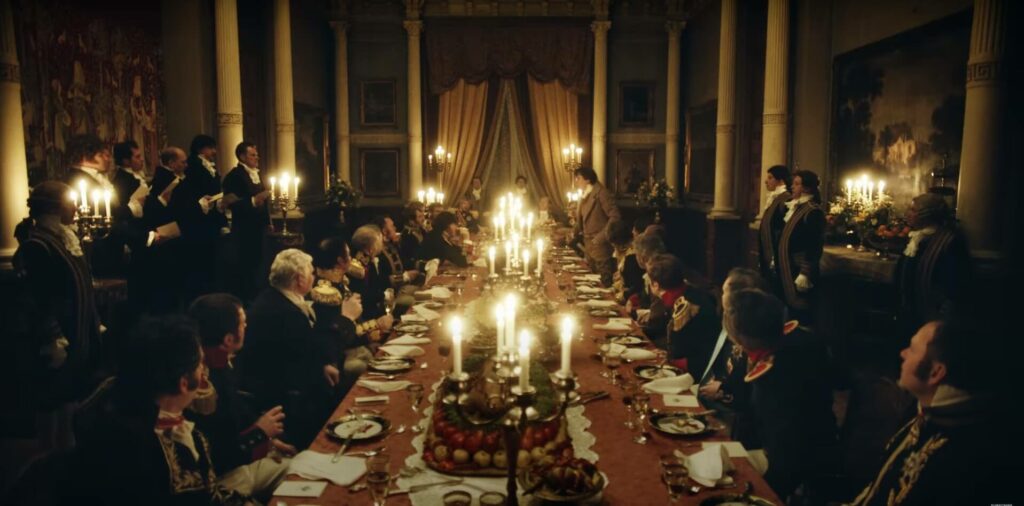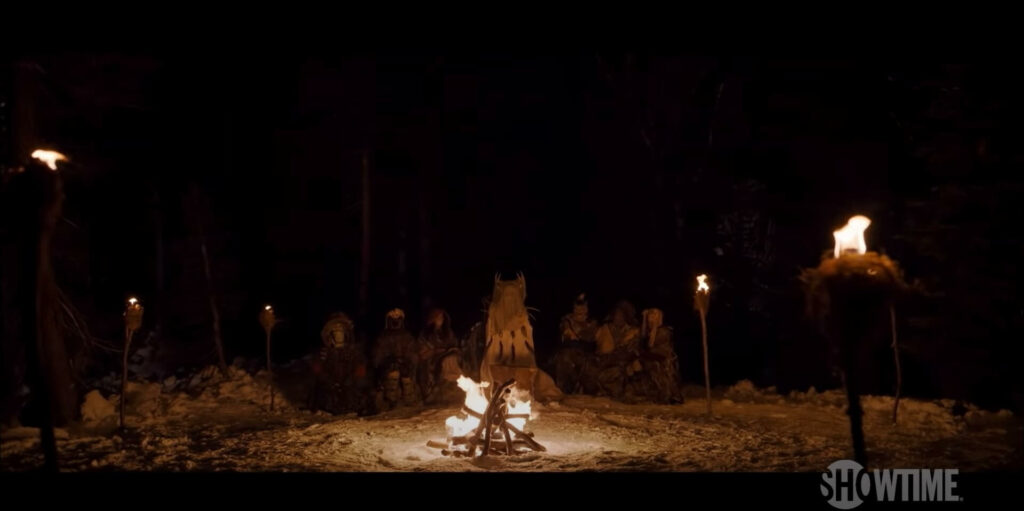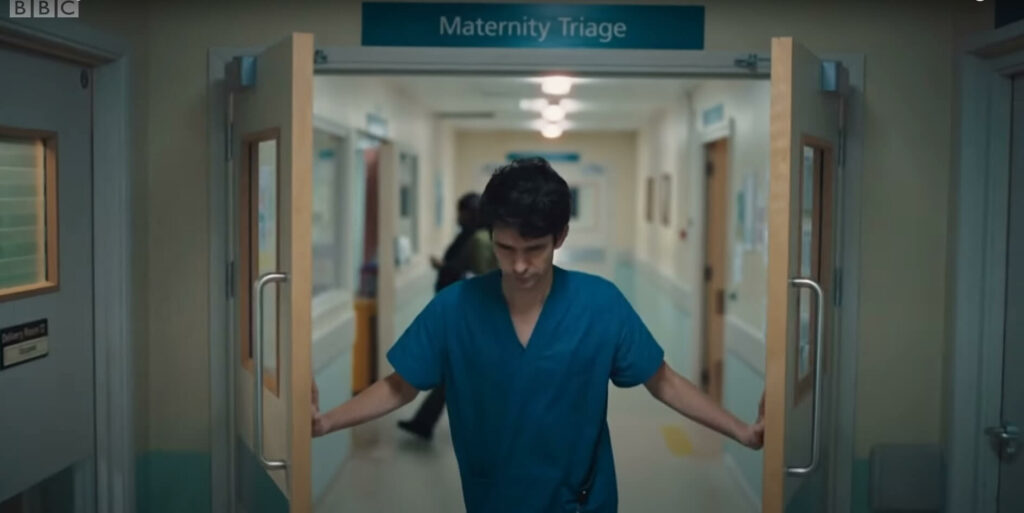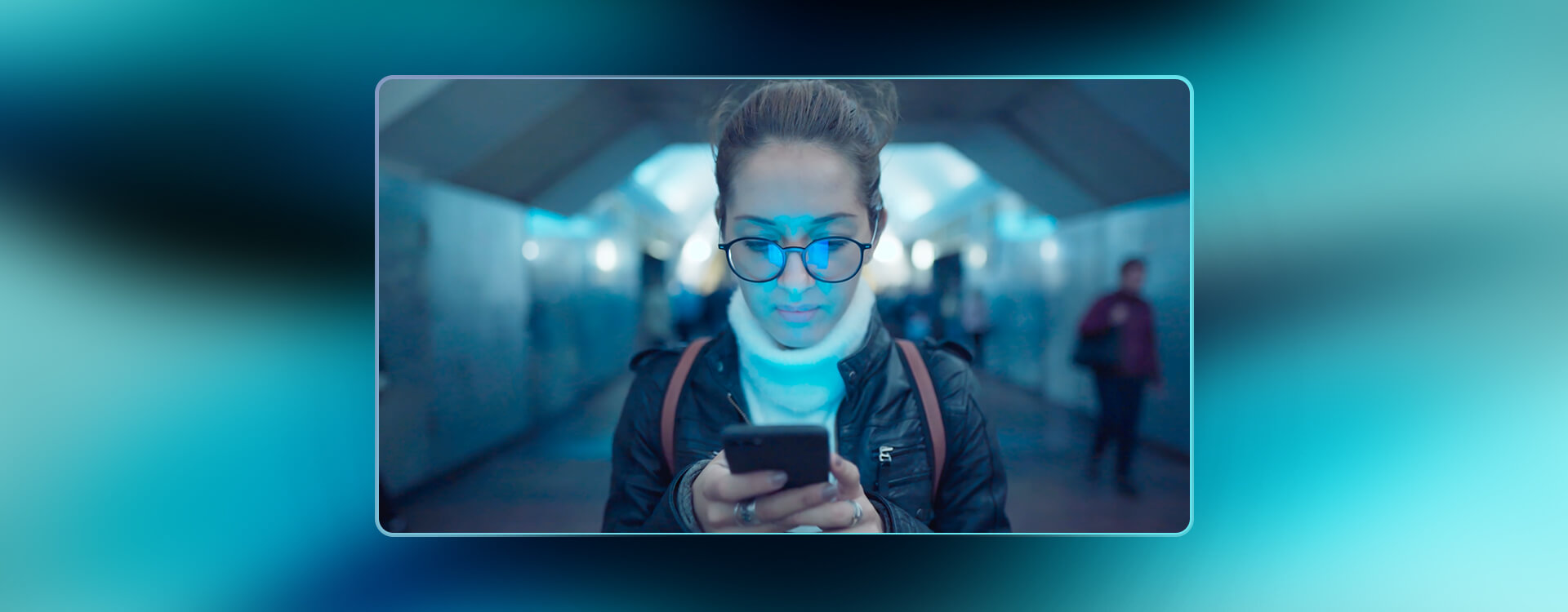Highlights
Table of Contents
Explore article topics
When you make a film, you want your audience to feel completely immersed in the story and as if the set isn’t really a set but an actual place in our real or an imagined world. There are plenty of obvious details that contribute to creating a real fake world and the suspension of disbelief, like costumes and props. And lighting is another excellent means for achieving that. We’re not talking about softboxes vs. umbrellas here, but about the lights you see on set, within scenes, that make things feel more realistic. This is what’s known as practical lighting.
What is practical lighting?
Practical lighting is any light source that you can actually see in a scene, as opposed to your LED film lights that are out-of-shot but working hard. Examples of practical lights stretch from match flames to an ambulance’s flashing lights. Take a look at these TV show scenes that all make use of lighting with practicals in different ways.
Candles in War and Peace:

Stage lights in The Marvelous Mrs. Maisel

Table lamps and wall lights in The Crown

Firelight in Yellowjackets:

And hospital corridor lighting in This Is Going to Hurt:

We’d expect to see all these lights in these types of scenes, and they contribute to the believability of the program.
Get unlimited royalty-free 4K footage
Why light with practicals?
The primary purpose of practical lighting in videos is to create a sense of realism for the audience. For example, seeing a fire in a grate or the glow of a smartphone backlight reflecting off a character’s face helps immerse them in the story and contributes to the illusion you’re creating with the set. We expect these things to be there in the real world, so when we see them on screen, it makes things come to life.
it’s not just the glow from the tablet here. Notice the car lights from the street, too.
Practical lighting also serves to provide depth and separation in a scene, helping a 2D image take on a more 3D appearance. In this instance, using practicals as the backlighting in your 3-point lighting setup is a great option. It helps provide separation between your subject and the background. And creating layers will make your scene more dynamic. You can use something like a desk or table lamp, fairy lights or other small lights for a backlight.
You can see how the ceiling lights in the café provide depth in this scene:
Quite a few practicals have been put to use in this clip, which gives it interest and stops it from looking too flat:
Finally, practical lights in film can fulfill a narrative function, too. From lighthouses to torches, from room lights to smartphone backlights, all of them can be used to drive the story and communicate between characters and with the audience.
How to light a video using only practicals
If you want or need to, it’s entirely possible to light a scene using just practical lights. But it does require planning, and you will have to manage your expectations as to what you might be able to achieve.
The first point to consider is that it’s best to keep scenes low-key rather than high-key when lighting with practicals. Use the shadows and work with them, don’t try to throw too many different lights at the scene that will clash and compete. Try to stick with a key light for definition and a background or rim light for depth and separation. A fill light will probably be too much when relying on practicals. Don’t forget, you can always use interesting or unusual lampshades or bulbs to make things more exciting and give yourself a bit of creative wriggle room.
Tips for using practical lights
- Set your studio lights and then add the practical lights into the scene so that they work within it. They need to serve a purpose and add to the story or the lighting setup.
- Ensure that your practical lights are all set to the same or similar color temperatures.
- Be careful that your practicals aren’t too bright and therefore overpower the scene. If necessary, you might need to fit a dimmer to them.
- Try buying practical lights from second-hand shops or thrift stores to keep within your budget. Look for things that are interesting and unusual, too.
Wrap up
Practical lighting is something that you should always try to incorporate into your filmmaking. It makes things more realistic for your audience. It provides depth and definition to your scenes. It might even be a driving force in the narrative. And sometimes, lighting with practicals can create a low-budget, low-key look that’s just perfect for your film.
Frequently asked questions
Practical lighting is any lighting that can be seen within a scene. For example, in an 18th century period piece, practical lighting might include candles at twilight or in night scenes. In something more modern, it could be street lighting, shop lights, desk lamps or the light that comes on when you open the refrigerator door.
Practical lighting is about bringing realism to a scene and helping the audience immerse itself into the story. From candles and fires burning in grates to electronic device backlights and fairy lights, practicals are lights you can see in a shot. They help complete the illusion of the film and prevent the audience from remembering that it was actually shot on a huge set with softboxes and Fresnel lights.
Motivated lighting is beefed-up practical or natural lighting to effectively light a scene. When you take a practical light and enhance or strengthen it so that it is lighting the scene itself, then you have a motivated light.
Daniela is a writer and editor based in the UK. Since 2010 she has focused on the photography sector. In this time, she has written three books and contributed to many more, served as the editor for two websites, written thousands of articles for numerous publications, both in print and online and runs the Photocritic Photography School.
Share this article
Did you find this article useful?
Related Posts
- By Jessica Peterson
- 9 MIN READ
- By Josh Edwards
- 12 MIN READ
- By Chris Suffield
- 10 MIN READ
Latest Posts
- 25 Apr
- By Josh Edwards
- 4 MIN READ
